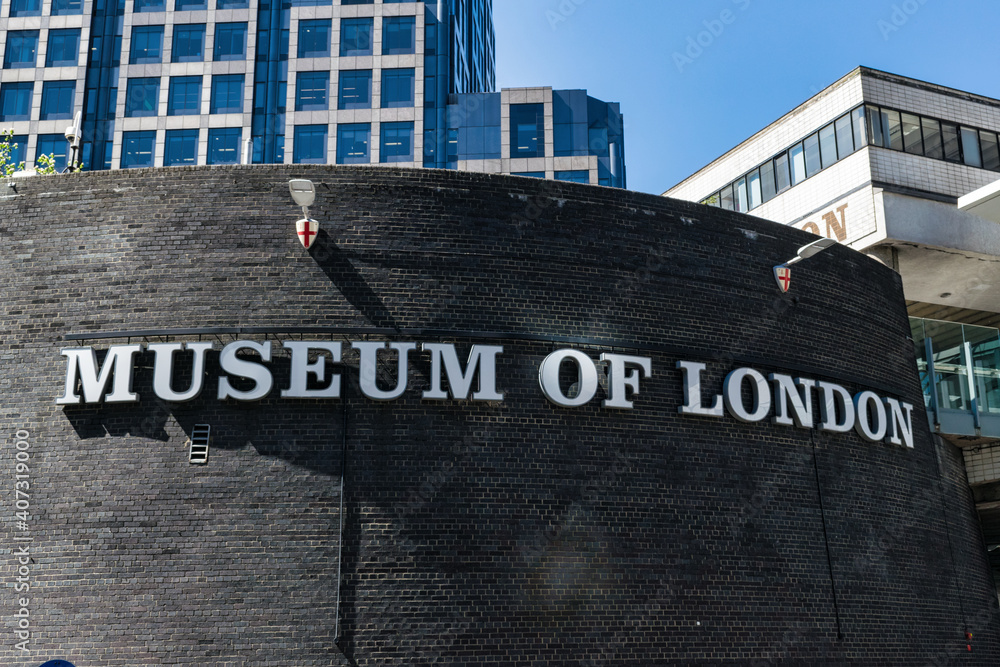
In the dynamic landscape of facility management, the Museum of London faced challenges in optimizing its building operations efficiently. With the goal of enhancing energy efficiency and operational effectiveness, they sought a solution that could provide actionable insights and streamline their workflows.
Challenges
Limited insights: The Museum lacked comprehensive analytics tools to understand their building’s performance and energy consumption accurately.
Inefficient maintenance workflows: Existing maintenance processes were manual, leading to delays in addressing issues and inefficiencies in resource allocation.
Organizational transformation: Transitioning from traditional facility management to data-driven operations posed significant challenges in adapting workflows and leveraging new technologies effectively.
What Buildings IOT unlocked for the museum
Buildings IOT provided a tailored solution to address the Museum’s challenges comprehensively:
Deployed an advanced analytics platform integrated with the Museum’s existing Building Management System (BMS).
Implemented spatial modeling to visualize equipment and spaces served effectively.
Facilitated integration with the Computer Assisted Facilities Maintenance (CAFM) system for streamlined work order management.
Results
Enhanced insights: The Museum gained actionable insights into energy consumption patterns, equipment performance, enabling proactive decision-making and optimization.
Streamlined maintenance workflows: Automation of work order creation and dispatching improved response times, resource allocation, and overall operational efficiency.
Successful organizational transformation: The Museum successfully transitioned to data-driven facility management, paving the way for future innovation and optimization initiatives.
Through collaboration with Buildings IOT, the Museum of London achieved remarkable improvements in building operations. By leveraging advanced analytics, spatial modeling, and streamlined workflows, they transformed their approach to facility management, driving efficiency, sustainability, and organizational effectiveness.







